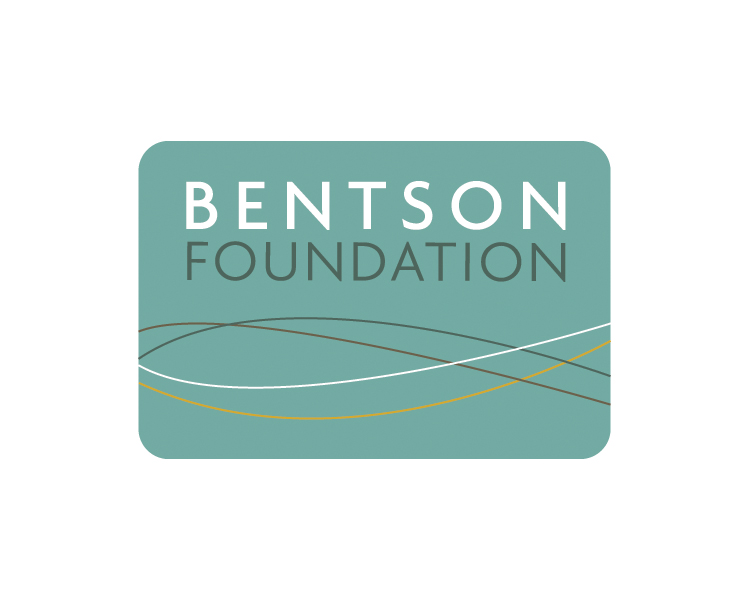Study: 2 antibiotics equally effective against MRSA skin infections
Two common antibiotics used for serious skin infections—clindamycin and trimethoprim sulfamethoxazole (TMP-SMX) —both had about an 80% success rate in curing uncomplicated methicillin-resistant Staphylococcus aureus (MRSA) skin infections, according to a study today in the New England Journal of Medicine (NEJM).
US researchers studied 524 adult and pediatric outpatients with uncomplicated community-onset MRSA skin infections who had cellulitis, abscesses of 5 centimeters or more, or both. About half received each drug. The researchers found that 80.3% of those who received clindamycin and 77.7% of those received TMP-SMX were cured within 7 to 10 days after treatment ended. The results are not significantly different from a statistical standpoint.
Before this trial, which was funded by the National Institutes of Health, there were no data on which antibiotics were best for treating these common skin infections, according to a press release from the Los Angeles Biomedical Research Institute (LA BioMed).
"Serious skin infections can cause major medical complications and lead to the death of a patient, so it's important to understand the most effective treatments, especially with the rise in MRSA, which is, by definition, resistant to many antibiotics," said Loren G. Miller, MD, an LA BioMed infectious disease specialist and corresponding author.
Mar 19 NEJM abstract
Mar 19 LA BioMed press release
Taiwan, India, Vietnam report avian flu of three types
Three more poultry farms in Taiwan have been hit by highly pathogenic avian influenza (HPAI) H5N2 outbreaks, while India and Vietnam have each reported single outbreaks of other HPAI viruses, according to the World Organization for Animal Health (OIE).
Taiwan, which has been battling numerous H5N8 and H5N2 outbreaks this winter, said H5N2 surfaced on two farms in Yunlin county and one in Pingtung county, in western and southern regions, respectively. The bird species were not listed.
Of 56,100 susceptible birds, 17,899 died of the infection, and the rest were destroyed as part of the control effort, Taiwan officials told the OIE in a report posted today. In accord with Taiwan's standard response, the sites have been cleaned and disinfected, and farms within 3 kilometers of the affected ones will be under close surveillance for 3 months.
In Vietnam, an H5N6 virus sickened 353 birds in a flock of 670 in the northern province of Thanh Hoa, officials told the OIE. The rest of the birds were destroyed, and there were plans to vaccinate other poultry in the area, the report said.
The H5N6 virus first appeared last year in China, Vietnam, and Laos. At least three human cases have been reported, all in China, with two of them fatal.
In India, the H5N1 virus hit a village in the northern province of Uttar Pradesh, killing 187 of 1,031 susceptible birds of unspecified kinds, said a report India filed with the OIE yesterday. The rest of the birds were destroyed.
The report said authorities are conducting intensive surveillance for the virus within 10 kilometers of the affected village.
Mar 19 Taiwan OIE report
Mar 19 Vietnam OIE report
Mar 18 India OIE report
Related Feb 10 CIDRAP News item on H5N6
PCV-13 found modestly effective in elderly
Thirteen-strain pneumococcal vaccine (PCV-13) was moderately effective in the elderly in preventing certain types of community-acquired pneumonia and pneumococcal disease caused by the vaccine strains but not in preventing community-acquired pneumonia from any cause, according to a Pfizer-funded study by Dutch, UK, and Pfizer scientists.
In the NEJM today, the researchers detailed the randomized, double-blind, placebo-controlled trial involving 84,496 adults ages 65 years old or older and the polysaccharide conjugate PCV-13.
In testing for disease caused by the 13 vaccine strains, the investigators determined a 37% to 46% vaccine efficacy (VE) for community-acquired pneumonia, 41% to 45% VE for nonbacteremic and noninvasive community-acquired pneumonia, and 75% to 76% VE for invasive pneumococcal disease. VE against community-acquired pneumonia for any cause, however, was a nonsignificant 5%.
Mar 19 NEJM abstract
Report notes first confirmed link between Listeria, stone fruit
Federal and state officials in a report today linked a four-case listeriosis outbreak in 2014 to stone fruit such as peaches and plums, the first time such a source has been noted in the literature.
Writing in Morbidity and Mortality Weekly Report (MMWR), investigators from the US Centers for Disease Control and Prevention, the Food and Drug Administration (FDA), and several state agencies noted that four isolates from May through August last year from patients in Illinois, Massachusetts, Minnesota, and South Carolina matched isolates from recalled stone fruit.
The report doesn't mention by name the company that was involved, but the FDA in a Jul 19, 2014, recall notice specified the Wawona Packing Co. of Cutler, Calif., which recalled whole peaches, nectarines, plums, and pluots over concern about Listeria monocytogenes contamination based on company testing.
"Strong evidence linked the Massachusetts case to recalled stone fruit, including food exposure interviews, receipt and shopper card data, and WGS [whole-genome sequencing] results showing very high genetic relatedness between the patient's isolate and isolates from nectarines," the authors wrote. They also said consumption data and WGS results suggested stone fruit as the culprit in the Minnesota case, but that patient ate fruit that was not included in the recall.
The authors conclude, "This is the first reported link between human listeriosis and stone fruit."
Mar 20 MMWR report
Jul 19, 2014 FDA recall notice
Study: Brain swelling in kids with cerebral malaria linked to death
Increased intracranial pressure from brain swelling appears to contribute to a fatal outcome in cases of cerebral malaria, according to an observational study of African children today in the NEJM.
The authors studied the cases of children aged 5 months and older who were admitted to a Malawi hospital from January 2009 through June 2011 and whose illnesses met World Health Organization (WHO) criteria for cerebral malaria, a severe form of the disease that causes neurologic symptoms and has a fatality rate ranging from 15% to 25%.
Of 348 children with the disease, 168 who did not have retinopathy and in whom magnetic resonance imaging (MRI) was possible on admission and daily thereafter constituted the study group.
A total of 143 (85%) of these children survived and 25 (15%) died. Among those whose disease was fatal, 21 (84%) had evidence on MRI of severe brain swelling at admission, compared with 39 (27%) of survivors (odds ratio for brain swelling in patients who died versus those who survived, 14.0; 95% confidence interval, 4.5-43.4).
Of the 4 patients who died but did not show brain swelling at admission, 1 died of HIV and 3 died within 24 hours and thus received only the admission MRI. It is possible that a second, or subsequent, MRI would have shown swelling, note the authors. Among the survivors with initial brain swelling, MRI showed decreasing brain volume as the disease resolved.
Among the authors conclusions are that, because increased brain volume is not inevitably fatal in cerebral malaria, "Interventions that decrease brain swelling or sustain respiration temporarily, while the brain is swollen, may reduce mortality without increasing morbidity."
Mar 19 NEJM abstract
Mar 18 Michigan State press release on the study













